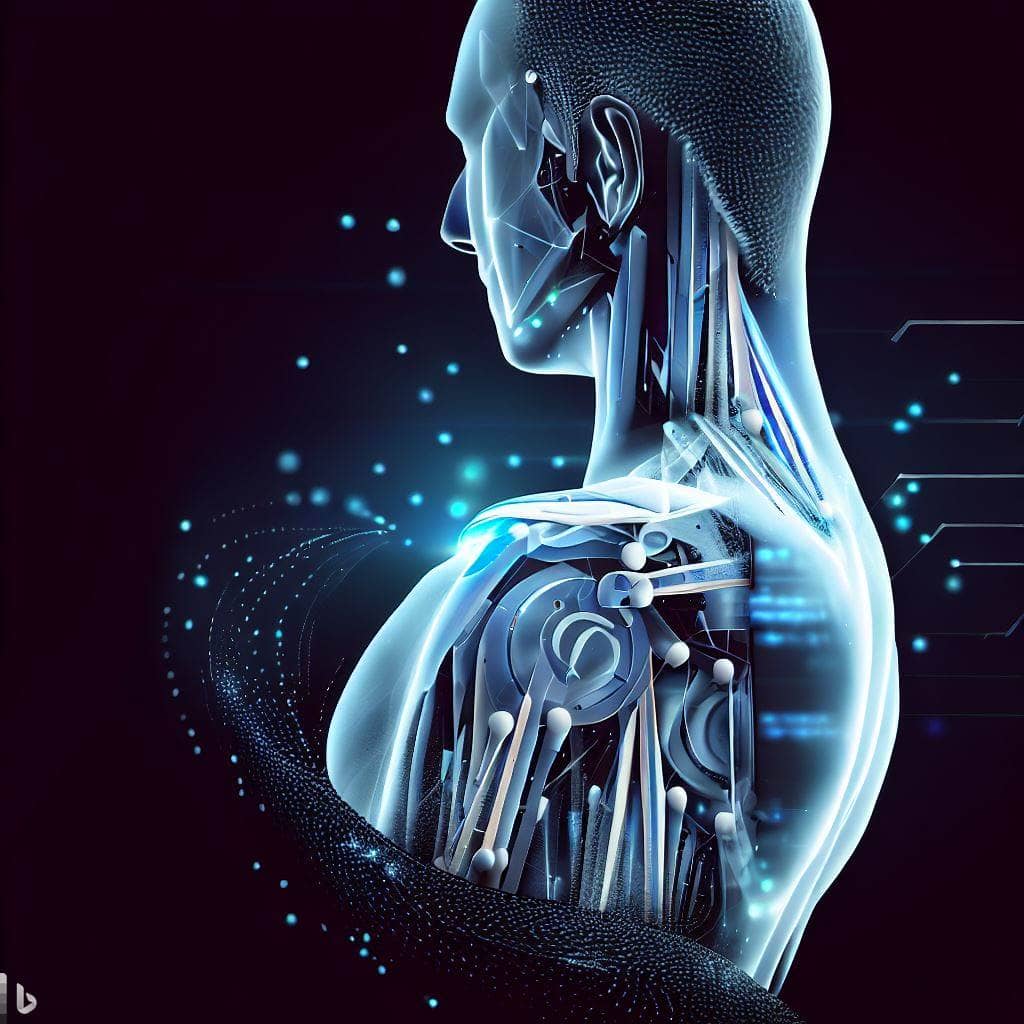
The Importance of Urgent Care for Falls and Shoulder and Elbow Injuries
December 17, 20245 Questions about Artificial Intelligence in Shoulder and Elbow Surgery
Artificial intelligence (AI) has revolutionized many fields of medicine, and orthopedic surgery is no exception. With the increasing application of AI-based algorithms and technologies, shoulder and elbow surgery has witnessed significant advancements in recent years. In this article, we will address five essential questions about the integration of AI into orthopedic surgery in these regions. More accurate diagnoses, assistance during surgical procedures, and tools to optimize rehabilitation are some examples of how AI is positively impacting the field of shoulder and elbow surgery
1. How is AI being used in diagnosing shoulder and elbow injuries?
AI has shown promise in accurately diagnosing shoulder and elbow injuries. AI algorithms trained on large datasets can analyze medical images such as X-rays, MRIs, and CT scans to identify abnormalities with higher accuracy than traditional methods. Through pattern recognition and comparison with previous cases, AI can help doctors detect injuries such as fractures, ligament injuries, and degenerative or neoplastic diseases more quickly and reliably.
Dislocations can occur in isolation or in association with fractures of the bones that make up the elbow joint – the humerus, radius or ulna. The terrible triad of the elbow is an injury characterized by dislocation of the elbow associated with fractures of the radius (radial shaft), ulna (coronoid process) and extensive ligament injury.
2. What are the advantages of using AI in shoulder and elbow surgery?
The application of AI in shoulder and elbow surgery has many potential applications. Improved diagnostic accuracy allows for better surgical planning. Additionally, AI can provide support during the surgical procedure, helping surgeons make real-time decisions based on up-to-date data. This can result in safer and more efficient surgeries. AI can also reduce patient recovery times, as procedures can be personalized based on individual patient characteristics such as age, gender, and overall health.
3. What are the challenges and limitations of AI in orthopedic surgery?
While AI offers significant benefits, there are challenges and limitations to consider. One of the main challenges is ensuring the privacy and security of patient data. Collecting and processing large amounts of medical information requires a robust data protection system. Furthermore, AI is constantly evolving and improving, which requires constant updating of algorithms and models. It is also important to remember that AI does not replace the experience and skill of surgeons, but rather supports them in their clinical decisions.
The elbow is a joint that is particularly sensitive to trauma and immobilization, which is why stiffness is common – limiting mobility and the ability to move the arm. The treatment strategy should promote the shortest possible immobilization time for the healing of bone and ligament injuries, also allowing for earlier mobilization.
It is important to have an evaluation by an orthopedic surgeon specializing in elbow injuries to determine the extent of bone and ligament injuries, as well as the involvement of nerve structures that may be compromised.
When self-reduction is impossible, an emergency department should be consulted as soon as possible.
4. How is AI being used to improve surgical accuracy?
AI has contributed to improving surgical precision in the shoulder and elbow. Image analysis and three-dimensional mapping of anatomical structures allow for more detailed visualization during the procedure. Additionally, AI can provide real-time information about the exact location of surgical instruments, aiding in the precise placement of implants and the execution of complex techniques. This real-time assistance can reduce errors and minimize damage to surrounding tissue, resulting in better post-operative outcomes for patients.
5. What are the future applications of AI in shoulder and elbow surgery?
The future of AI in shoulder and elbow surgery is promising. Continued advances in AI technology are expected to lead to the development of more sophisticated deep learning systems capable of interpreting and analyzing an even wider range of medical data and images. Additionally, AI could be combined with technologies such as augmented reality and robotics, enabling minimally invasive procedures to be performed with greater accuracy and effectiveness. There could also be progress in creating predictive models that aid in the early identification of injuries and the development of personalized rehabilitation strategies.
Artificial intelligence is becoming a valuable tool in shoulder and elbow surgery, improving diagnosis, surgical accuracy and patient outcomes. While there are challenges to address, such as data protection and the need for constant algorithm updates, the future applications of AI in this field are promising. As technology evolves, AI is expected to play an even greater role in optimizing orthopedic care, providing surgeons with valuable real-time information and enabling safer and more efficient procedures.




